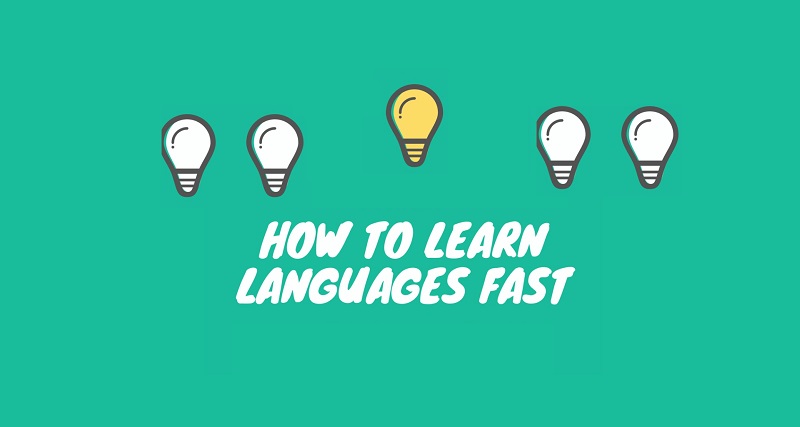We live in a diverse world. Only in Latin America and the Caribbean do hundreds of cultures, languages and religions coexist. However, true diversity goes further, because it also has to do with different capacities. Taking into account that 15% of the world population has some kind of disability, it would be natural for the labor market to embrace and celebrate these differences.
However, there is a tendency in organizations to maintain the status quo, the comfort of the known (in fact, it is estimated that more than 80% of people with disabilities are poor.) How to transfer the diversity of our environment to the environment of work, generating opportunities for people with disabilities?
Taking into account that 15% of the world population has some kind of disability, it would be natural for the labor market to embrace and celebrate these differences.
From diversity to inclusion
Diversity may be mandatory (in fact, many companies have set standards and goals to have more diverse teams), but the truth is that inclusion is optional. In the work environment, we often participate in meetings where all the participants agree, right? This is a sample of how diversity does not always permeate truly in the organizational culture since it is practically impossible for all of us to think the same about an issue taking into account that everyone has a different profile. Sometimes it is so important to have conflicting opinions that some leadership books recommend that in all work teams, there is someone whose role is to disagree with the opinion of the boss or the majority. Those institutions where diversity really permeates have an advantage since it is only possible to understand a problem when we see it from many perspectives.
Diversity may be mandatory, but the truth is that inclusion is optional
In the framework of the global conversation on diversity and inclusion, which undoubtedly goes far beyond accepting different opinions in a meeting, World Down Syndrome Day is celebrated every March 21st. This is a good opportunity to rethink our understanding of the concept of diversity in the work environment since the labor insertion of people with disabilities is not about “helping” them (as many people think), but about adopting a perspective of innovation and productivity that allows us to value your contributions. A good example of this philosophy is La Casa de Carlota; an advertising agency in Colombia that adopts neurodiversity as a creative strategy applied to design, including in its team young people with Down syndrome and autism. This model allows the company to offer its customers fresh and creative solutions.
The labor insertion of people with disabilities is not about “helping” them, but about adopting a perspective of innovation and productivity that allows us to value their contributions.
More inclusion of people with disabilities means more productivity
Labor inclusion is not only a matter of equity but also of productivity. Including other perspectives in the organizational culture can improve the work environment, the productivity of the organization and the quality of the products and services. The true labor inclusion results from the sum of many diverse components to the DNA of the organization, giving each member a real and productive space in our companies and public institutions. From the IDB we understand that it is necessary to abandon the charity perspective (or worse, the view that disabilities are diseases) and accept that only if we work together can we improve the quality of life in our countries. As they say, there are no disabled people, but disabled societies to integrate people with disabilities.






